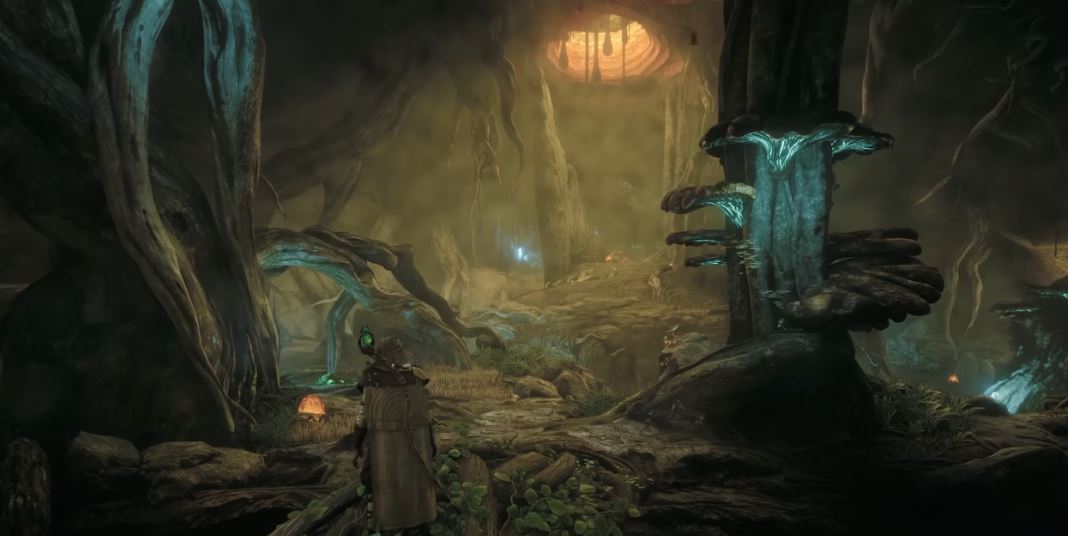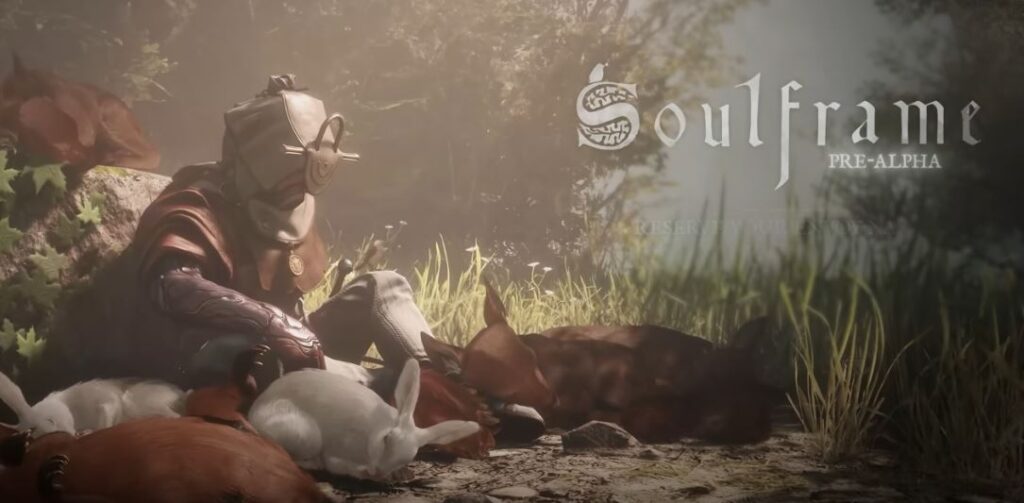
Why Soulframe Might Be the MMORPG Underdog That Shakes Up the Live Service Scene
July 20, 2025In a saturated sea of online games, Soulframe is doing something rare: actually listening to its players. Digital Extremes is swinging hard with their latest fantasy MMO, but can it last in 2025’s relentless live-service gauntlet?
Digital Extremes, the veteran team behind Warframe, is back, but this time they’re trading jetpacks and ninjas for swords, forest spirits, and a combat system that rewards patience over twitch reflexes. Soulframe, the MMO they introduced during TennoCon and have been teasing ever since, is making waves for two reasons: it’s beautiful, it’s bold, and most intriguingly, its developers aren’t sure it’ll make it.
At least not in the brutal cold of the live service gaming market. In a recent sit-down with Eurogamer, Soulframe’s leads admitted point blank: they genuinely don’t know where things will land. In a genre where confidence is often manufactured, the honesty is not just refreshing but part of the hook.
“We’re putting our trust in the community,” said Creative Director Geoff Crookes at TennoCon 2025. The idea is to avoid the pitfalls of over-extension, of bloated monetisation strategies, and lean instead into evolving slowly with the player base. Yes, the game is free-to-play (just like Warframe), but it’s deliberately slow, deliberately mystical, and wants to bring back the feeling of exploring a fantasy world where you’re not rushed.
Building a Fantasy MMO With the Players, Not Around Them
Digital Extremes is embracing a community-first MMO model, where feedback loops are short and implemented directly. That means less waiting for quarterly patches and more real-time course correction. Early players in the closed testing phases have already seen systems rebalanced and movement tweaked just based on their Discord responses. “We’re not going to ship a Destiny clone,” said Crookes plainly.
That’s particularly valuable right now. While MMORPGs have seen a resurgence (thanks to games like Final Fantasy XIV and the revived popularity of WoW expansions), most new entries either fizzle out or die on arrival. Soulframe is choosing a different tempo. It offers third-person, weighty melee combat, slower grinding, and a mix of nature-themed, almost surreal fantasy. There’s an ancestral cave system instead of dungeons, spirit possession mechanics, and a narrative delivery that uses in-game rituals and artefacts rather than endless quest logs.
The game’s systems are once again tied to Tennokind aesthetics (a Warframe legacy), with emphasis on transformation and reciprocity rather than raw stats. Soulframe is targeting an audience tired of power creep and the raid treadmill. Think more Elder Scrolls: Morrowind vibes than New World.
Visually, it’s an atmospheric marvel. Biomes feel alive, NPCs express actual emotions (with fully shot performance capture), and the ambient sounds are closer to Ghibli than traditional MMOs. It’s a game meant for players to wander, get lost, or just plant themselves in a clearing and listen to the spirits—literally.

But while the appeal is obvious, the risk is too. Playing the slow MMO card in 2025, where most games beg for your attention with dailies, passes, events, and FOMO metas, Soulframe is almost defiant in tone. Yet Digital Extremes has been through this dance before. Warframe started slower than a Nova Prime charge but evolved into one of the most player-dedicated games in free-to-play history. Soulframe’s team hopes to tap that same long-tail model, with a bit more transparency now that they’ve learned the ropes.
Available on PC first, Soulframe hasn’t committed to console releases yet, although judging from Digital Extremes’ multi-platform history, that’s probably just a matter of time. That said, players should temper expectations. “We’re deliberately starting small,” Crookes stressed. No sprawling roadmaps or massive launch day chaos. Just a core game that breathes and grows.
Will it survive the savage live service game warzone of 2025? Time (and maybe the Moon spirits in-game) will tell. But its creators aren’t building it for hype. They’re building it for the long haul and for the people who want something different.



